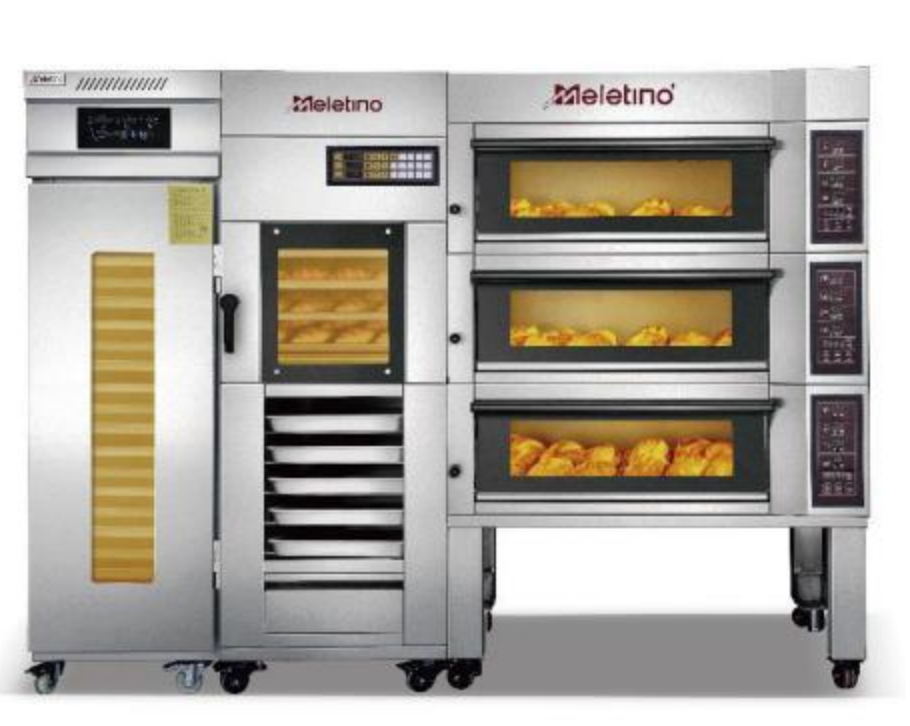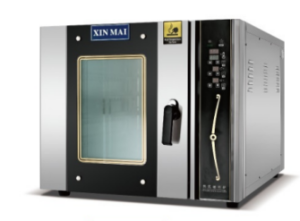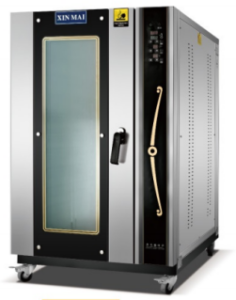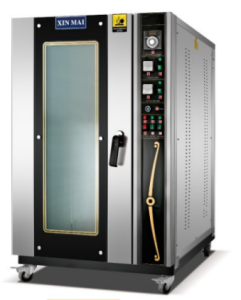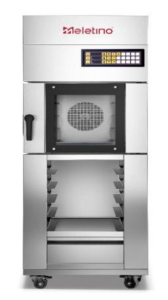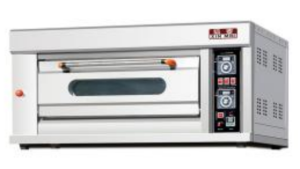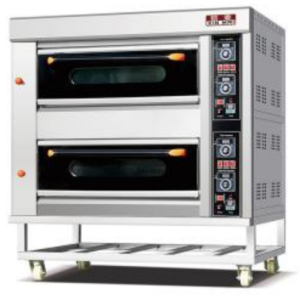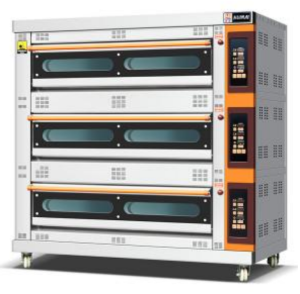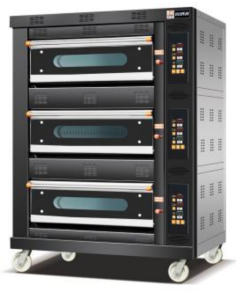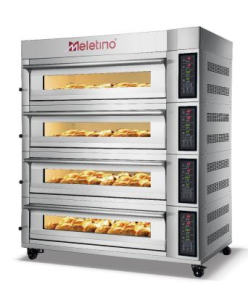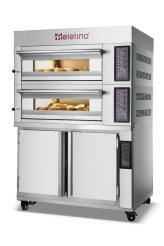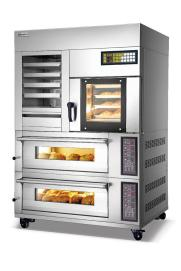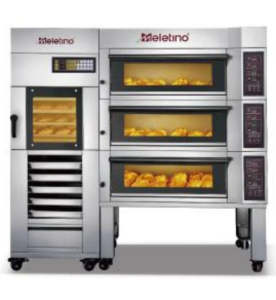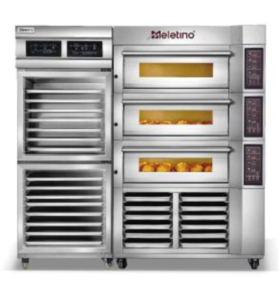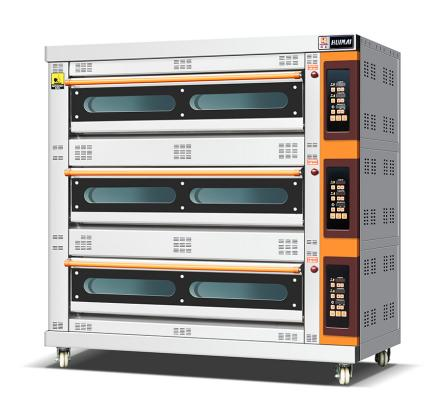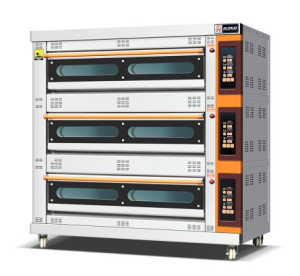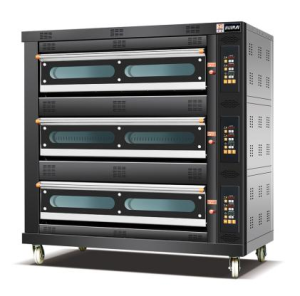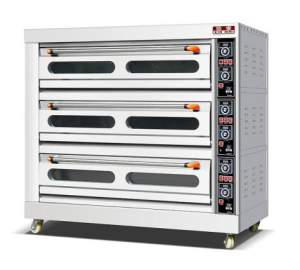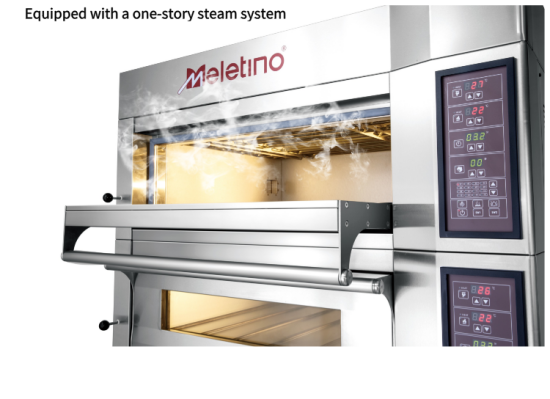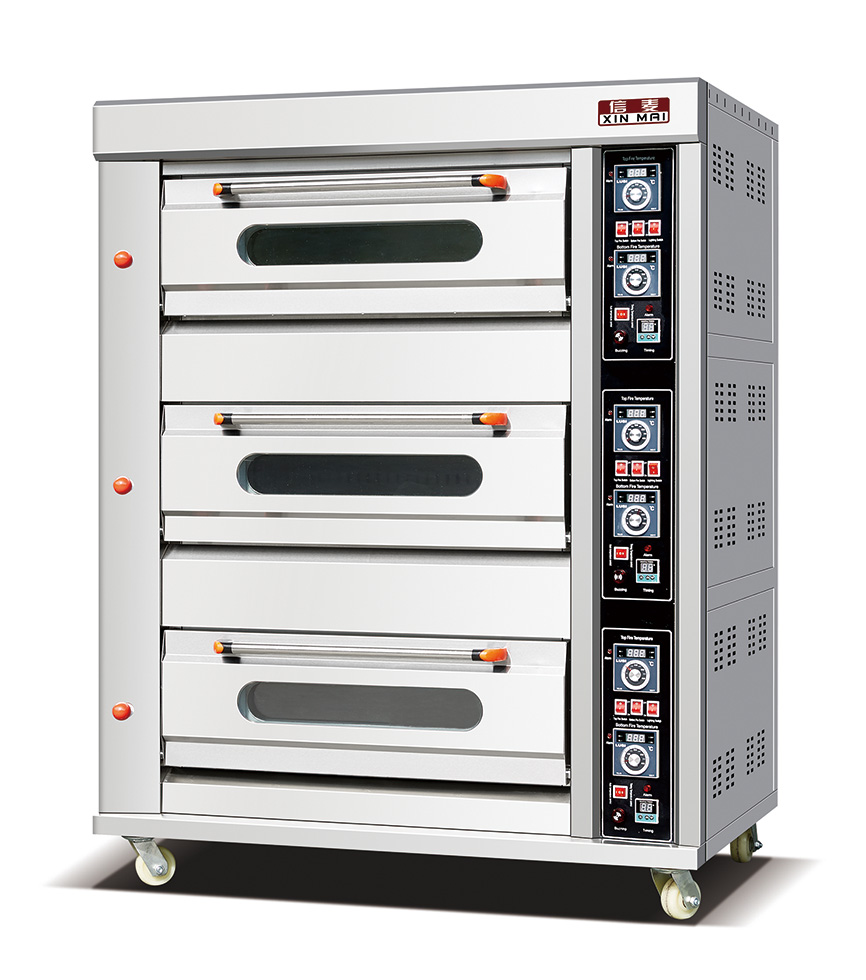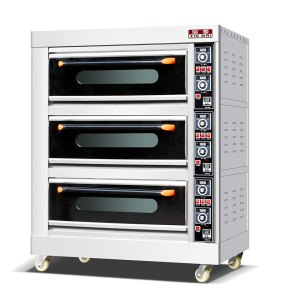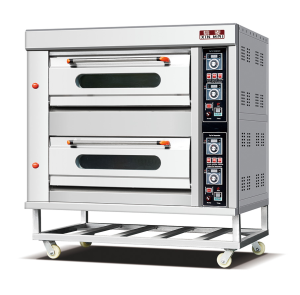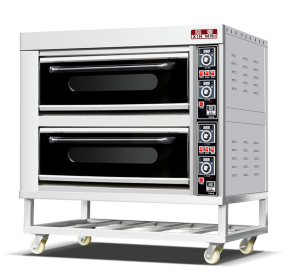Have you ever stood in your bakery, staring at that shiny new oven you just bought, and realized it’s completely wrong for your needs? You’re not alone. Just last month, I watched a talented baker like you spend $30,00 on a fancy convection oven that couldn’t give her sourdough the steam it desperately needed. Let’s make sure you dodge that bullet.
Why Your Oven Choice Makes or Breaks Your Dream
You know that feeling when everything in your bakery flows perfectly? That’s what happens when you choose the right commercial baking oven. But here’s what you need to understand – your oven isn’t just another piece of equipment. It’s the beating heart of your operation, the workhorse that’ll either multiply your success or become your expensive nightmare.
Think about it: Your recipes are perfect. Your team is trained. But if your oven can’t keep up or burns through energy like a furnace, you’re fighting an uphill battle every single day.
Here’s what’s really at stake:
- Your daily output could drop by 30% with the wrong capacity
- Your energy bills might shock you (I’ve seen bakers’ jaws drop at bills 40% higher than expected)
- Your signature products could lose their magic touch with inconsistent baking
Know Your Bakery’s Soul Before Your Oven’s Specs
Before you get dazzled by fancy features and sleek designs, let’s dig into what really matters for your bakery. You need to ask yourself some honest questions:
What gets you excited about baking? Is it those perfect croissants that sell out by 9 AM? Your artisanal bread line that has customers lining up around the block? Write it down. This is your bakery’s soul, and your oven needs to match it.
Quick Reality Check:
- Count your daily production needs (be realistic, not optimistic)
- List your signature items – the ones that bring in most of your revenue
- Think about your peak hours – when do you need your oven to perform at its best?
Remember Tom from Sunset Bakery? He got starry-eyed over a massive deck oven because “bigger is better,” right? Now it sits half-empty most days, eating into his profits with every hour it’s heated. You’re smarter than that. You’re going to make your decision based on real numbers and real needs.
Oven Types You Need to Know (But Nobody Explains Well)
You’re about to face a barrage of technical specs and fancy features. Let’s cut through the noise. Here’s your insider’s guide to what each oven type really means for your daily life:
Convection Ovens: Your Versatile Friend
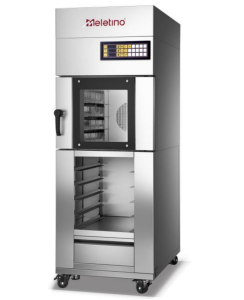
Remember how you fell in love with baking? It probably started with a convection oven. Here’s what you need to know for the commercial version:
- Perfect for your croissants, pastries, and cookies
- You’ll spend between $985-$4,000
- Pro tip: Watch that fan strength – it can turn your delicate meringues into a disaster
But here’s what the salespeople won’t tell you: Your breads might not get that perfect crust you’re dreaming of. The circulating air can sometimes dry out your products faster than you’d like.
Deck Ovens: The Artisan’s Choice
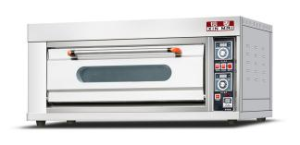
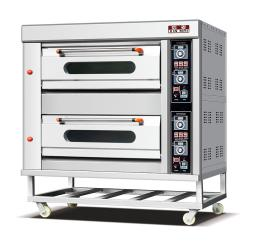
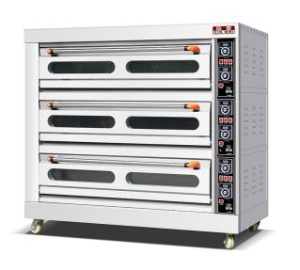
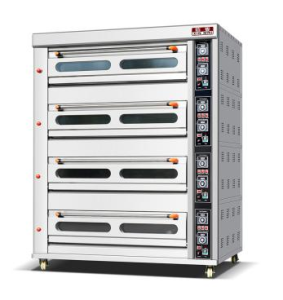
If you’re serious about artisanal breads, you’ve probably been eyeing these beauties. They’re like the sports cars of the baking world:
- You’ll get that perfect crust on your sourdough
- Expect to invest $135-$1500
- The stone deck gives you that authentic hearth-baked quality
But let’s be real: They’re space hogs, and they can drink energy like it’s free. You’ll need to plan your production schedule carefully to make the most of each deck.
The Hidden Costs That Could Sink Your Ship
You know that sticker price you’ve been fixating on? It’s just the tip of the iceberg. Here’s what you really need to budget for:
Installation Surprises:
- Basic installation: $100-$500(and that’s if everything goes smoothly)
- Ventilation requirements that might force a kitchen redesign
- Electrical upgrades you didn’t see coming
The Real Energy Story: You could be looking at a 30% difference in energy costs between similar models. That $1000 you saved on the purchase price? It might cost you double in energy bills over five years.
Making Your Final Choice (Without Losing Sleep)
Think you’ve found your perfect match? Hold that purchase order. You’re about to enter my favorite part of the process – the reality check phase. I call it the Triple-Check Method, and it’s saved countless bakers from costly mistakes.
Start by visiting three bakeries using your dream oven. Don’t just pop in for a quick look. Spend time during their morning rush. Feel the heat distribution yourself, and don’t be shy about asking for their monthly energy bills. This real-world experience is worth more than any spec sheet.
Next, test drive your core products. Bring your recipes and run a full batch. Pay attention to consistency across different shelf levels. Remember Maria’s story from earlier? She skipped this step and regretted it for months.
Finally, crunch those 5-year numbers. Break down your purchase price into monthly payments, multiply those energy costs by 60 months, and get maintenance estimates from current users. This simple math might surprise you – and save you thousands.
Watch for These Warning Signs
You wouldn’t buy a car from a dealer who won’t let you test drive it. Don’t buy your commercial baking oven without proper vetting. When a sales rep starts pushing “limited time offers” or dancing around energy consumption questions, take a step back.
The most telling red flag? Vague service contracts. That fancy European oven might look amazing, but if you can’t get parts within 24 hours, you’re looking at thousands in lost revenue. Your service contract needs rock-solid guarantees for emergency support and parts availability. Just ask James from Downtown Breads – his three-day oven breakdown taught him this lesson the hard way.
The Bottom Line
Your commercial baking oven isn’t just an equipment purchase – it’s a 10-15 year relationship. Take your time. Do your homework. The perfect oven aligns with your production needs, space constraints, and budget reality. Think of it as choosing a business partner rather than buying equipment.

